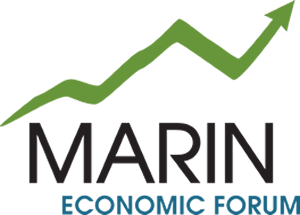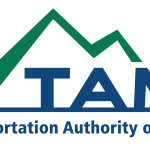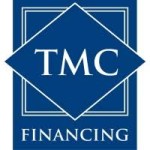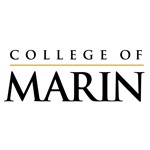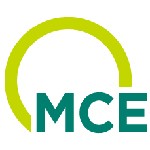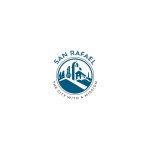Marin worker shortage complicates economic rebound
Marin businesses, like businesses in other regions of the nation, are being hindered in their efforts to recover from the pandemic-induced recession by a shortage of available workers.
“The trend really is that employers are going to continue to struggle to hire while some of our labor force sits on the sidelines waiting for the right time to come into the market,” Mike Blakeley, chief executive of the Marin Economic Forum, said at the organization’s briefing in May.
Joanne Webster, chief executive of the San Rafael Chamber of Commerce, said “employers are scrambling to fill positions and working hard at keeping the ones they have.”
“In many sectors, workers are not 100% comfortable coming back to work yet,” Webster said. “The pandemic also caused many employees to re-evaluate their past employment, and they either decided to change careers or moved for personal reasons.”
Debi Geller, the Marin business development manager for Nelson Staffing, said the county has “lost a huge percentage of its workforce.
“I think a lot of people took a step back and decided that they didn’t want to do whatever they were doing,” Geller said. “We’ve had people say, ‘I’m out of here,’ and left Marin and moved somewhere else that is less expensive. People have to pay more for the exact same person and skill sets than they did before coronavirus.”
During the Marin Economic Forum briefing last month, Robert Eyler, the organization’s chief economist, noted that a growing number of states have decided to drop enhanced unemployment benefits provided by the federal government because they fear they are rewarding people for remaining out of the workforce.
Eyler said in Marin’s case there might be additional factors at work. He said there is evidence to suggest that the overall size of Marin’s workforce, modest before the pandemic began, has gotten smaller.
Eyler said that while the number of Marin households increased in 2020, the county’s population decreased by 1%, or about 2,614 people.
“It means that households that had more people in them left,” Eyler said, “and we received households that had fewer people. What that should result in is a loss of labor force.”
He said that is one reason that Marin’s seasonally adjusted unemployment rate of 4.6% in March was the lowest of any county in California.
“If you’ve lost labor force, you have a smaller set who are unemployed,” Eyler said. “Unfortunately, Marin County is now estimated to have lost population four years in a row. Sonoma and Napa counties actually lost population five years in a row.”
Eyler said Northern California’s high cost of living and the recent series of devastating fires in the area and their attendant air pollution could be factors.
Robert Wellbeloved, the owner of the Magnolia Park Kitchen in San Rafael, said his restaurant’s traffic has returned to pre-pandemic levels, and he is anticipating demand for his catering services to return by September. He would like to hire three more employees.
“I’ve had a sign posted now for 45 days,” Wellbeloved said, “and I’ve gotten maybe one or two applicants.”
Wellbeloved has heard the speculation about unemployment benefits being the culprit.
“I think the answer is a little more complex than that,” he said.
Wellbeloved said many teenagers in Marin belong to affluent families and feel no pressure to work.
“That cuts a big layer of the workforce out,” he said.
Wellbeloved said in addition there are some people who are still very nervous about the health consequences of returning to the workforce and others who decided Marin was too expensive and moved.
“I think our industry is going to come out of this pandemic with a different landscape,” he said, “and that picture has not yet been painted.”
Supervisor Damon Connolly said that Marin County is seeking federal funding to develop an “economic vitality strategic plan” that will address the county’s need to attract a diverse workforce.
Connolly said solutions will need to be found for longstanding issues such as “reliable and affordable child care, affordable workforce housing, broadband accessibility, transportation and the aging of Marin’s workforce.”
Cynthia Murray, chief executive of the North Bay Leadership Council, said, “Our labor force participation is jeopardized by the high number of Marin residents who are retired or retiring. We are way above average demographically for our region.”
To make matters worse, Murray said, the number of millennials in the county is below average.
“Many of those are departing Marin for a better life with housing they can afford,” she said.
As if that wasn’t enough, Murray said, “Marin’s workforce participation rate is declining, with only about 60% of the working demographic actually participating in the workforce.”
Nevertheless, Murray said, there are several enticements Marin employers can offer to attract workers, “such as higher pay, more remote work and increased benefits.”
She said employers can also consider hiring people who lack necessary skills and training them on-the-job or providing childcare onsite.
“Women have been impacted far greater than men in the loss of jobs,” Murray said, “and we need to do more to help them return to the workforce.”
Be the first to receive updates and news from MEF by subscribing or liking us on our social media pages: Facebook, Twitter, and LinkedIn!
